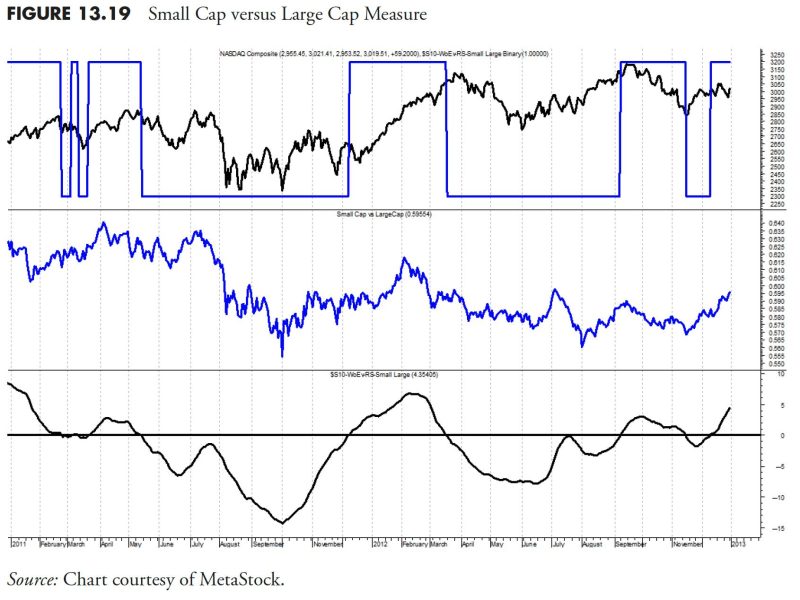In the realm of finance and investing, rules-based money management strategies have gained popularity as a systematic approach to decision-making. Utilizing indicators such as relative strength and other measures can provide investors with valuable insights into market trends and potential opportunities. This article explores how these indicators are utilized in rules-based money management strategies.
Relative strength analysis is a key metric used by investors to compare the performance of one security against a benchmark or another security. By understanding which assets are outperforming or underperforming their peers, investors can make more informed decisions on where to allocate their capital. This approach helps investors identify assets that have strong momentum and could potentially continue to outperform in the future.
Moreover, relative strength analysis can also be used to construct diversified portfolios with an emphasis on top-performing assets. By allocating more capital to assets with strong relative strength and reducing exposure to weaker assets, investors can enhance their portfolio’s overall performance and reduce risk.
In addition to relative strength, other measures such as moving averages, volume analysis, and volatility indicators can also play a significant role in rules-based money management strategies. Moving averages, for example, are used to smooth out price fluctuations and identify trends over time. By comparing short-term and long-term moving averages, investors can determine the direction of a security’s trend and make decisions accordingly.
Volume analysis provides insights into the level of activity and interest in a particular security. High trading volume can indicate strong market participation and potentially signal a change in trend. Conversely, low volume may suggest a lack of interest or conviction in a security’s price movement.
Volatility indicators, such as standard deviation or average true range, measure the degree of price fluctuation within a security. Understanding volatility is crucial for managing risk and setting appropriate stop-loss levels to protect capital.
Rules-based money management strategies combine these various measures into a systematic framework that helps investors navigate the complexities of financial markets. By establishing clear rules and parameters for decision-making, investors can remove emotional biases and rely on data-driven analysis to guide their investment decisions.
Overall, relative strength and other measures serve as valuable tools in rules-based money management strategies, enabling investors to identify trends, assess risk, and optimize portfolio performance. By incorporating these indicators into their investment approach, investors can enhance their decision-making process and work towards achieving their financial goals in a disciplined and systematic manner.





























